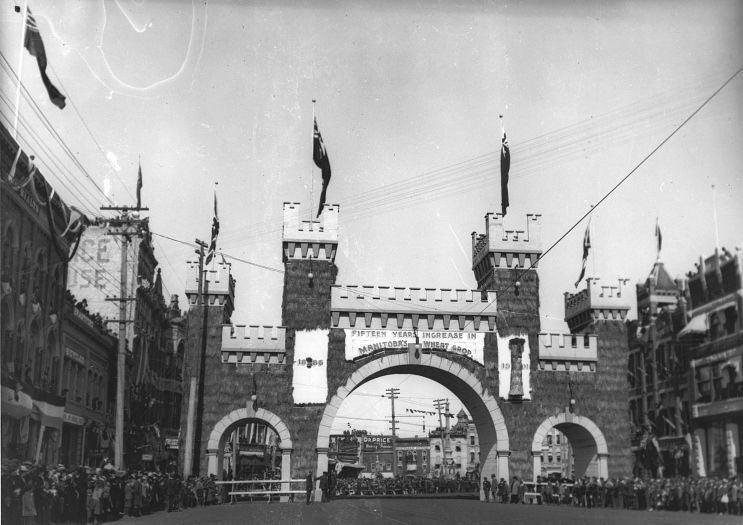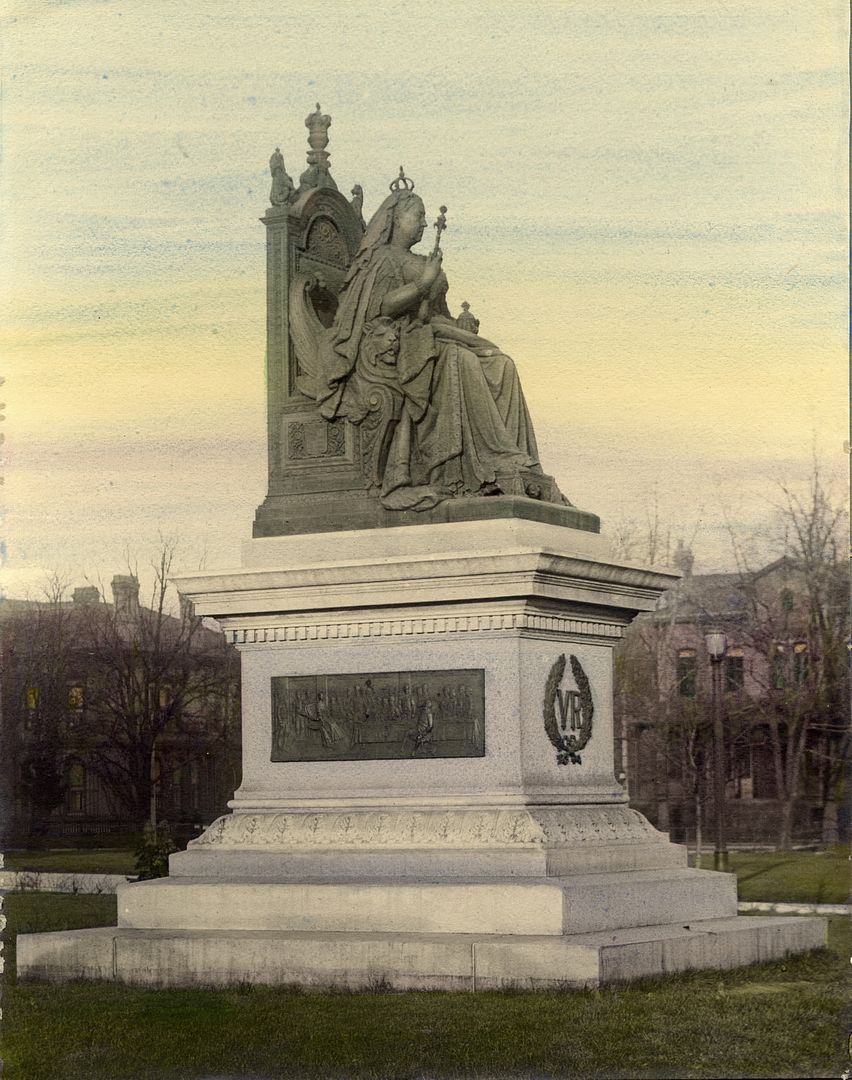nostalgic
Active Member
By coincidence I just read a fascinating piece about the effect of summer heat in Toronto – social, economic, etc. – before A/C. Here's an interesting excerpt:
"Sturtevant's fans and blowers, together with vertical ventilation shafts and high industrial ceilings were adopted by many of the large industrial and commercial buildings of the city in the 1890s and early 1900s. The Temple Building, for example, the city's first real skyscrapers, had Sturtevant fan ventilation by 1898, drawing its air supply from the roof, above the worst of the city's heat, dust and smoke. The 1898 City Hall on Queen Street also used Sturtevant fans. These were placed in the building's basement while the clock tower functioned as a vertical air intake shaft. The fans in the basement could supply 120,000 cubic feet/minute [56.6 cubic metres/second], enough to change the building's air supply in eight minutes. Filter screens in the basement provided dust filtration on the intake air. By 1905 a humidifier had been added to regulate the building's internal humidity in winter. The King Edward Hotel was the only other Toronto building to be so equipped."
I hadn't thought of the city hall clock tower as an air shaft.
http://www.yorku.ca/anderson/geog3040 f11/chapter 6 draft heat.pdf
"Sturtevant's fans and blowers, together with vertical ventilation shafts and high industrial ceilings were adopted by many of the large industrial and commercial buildings of the city in the 1890s and early 1900s. The Temple Building, for example, the city's first real skyscrapers, had Sturtevant fan ventilation by 1898, drawing its air supply from the roof, above the worst of the city's heat, dust and smoke. The 1898 City Hall on Queen Street also used Sturtevant fans. These were placed in the building's basement while the clock tower functioned as a vertical air intake shaft. The fans in the basement could supply 120,000 cubic feet/minute [56.6 cubic metres/second], enough to change the building's air supply in eight minutes. Filter screens in the basement provided dust filtration on the intake air. By 1905 a humidifier had been added to regulate the building's internal humidity in winter. The King Edward Hotel was the only other Toronto building to be so equipped."
I hadn't thought of the city hall clock tower as an air shaft.
http://www.yorku.ca/anderson/geog3040 f11/chapter 6 draft heat.pdf






























